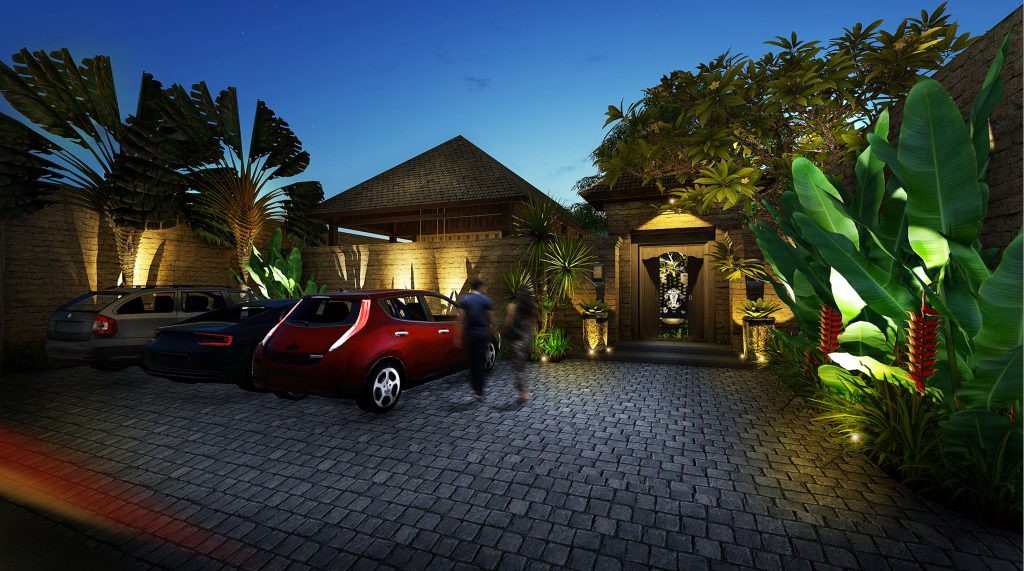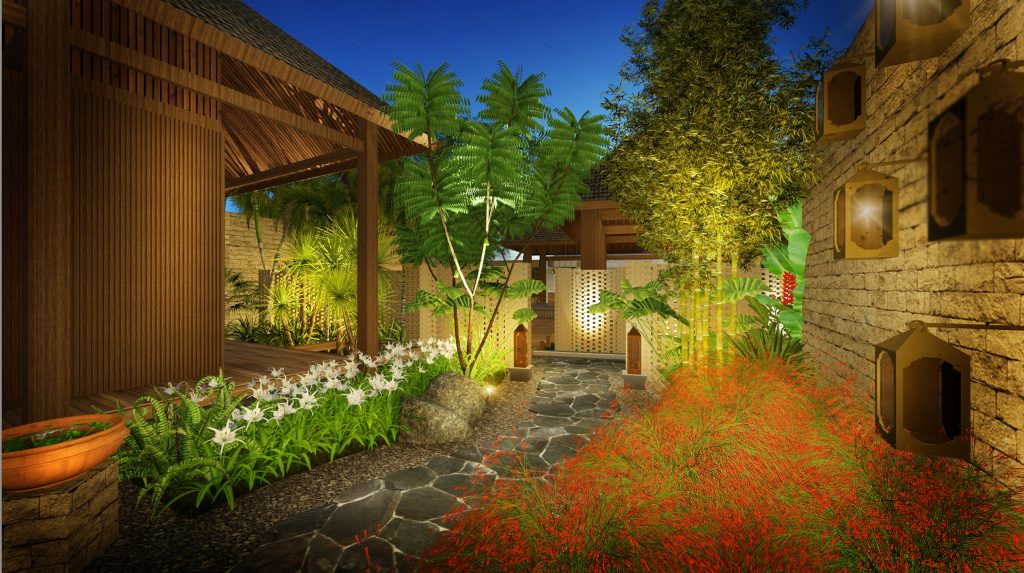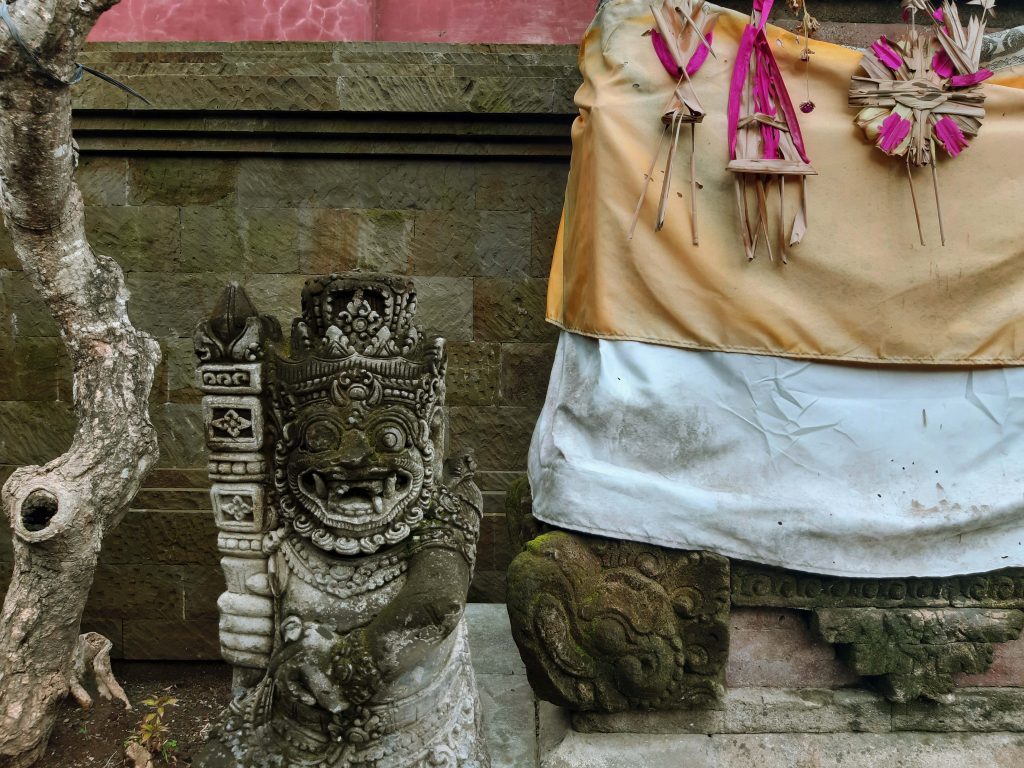
Bali has gained popularity not only for its breathtaking and picturesque landscape but also traditional Balinese architecture as its identity. It is in fact, one of the most popular Asian tropical architectural styles that has been used by resorts in Asia, especially in Southeast Asia. Numerous luxury villas and resorts are using the traditional Balinese style combined with modern elements.
One of the characteristics of Balinese architectural style is its distinct flair for being in harmony with nature as one of the three causes of Tri Hita Karana. It strives to preserve the nature and promote the sustainability, keeping balance of the environment. One of the ways is through the application of locally sourced natural materials.
The Role of Local Materials
Using materials that are local and natural is environmentally friendly – it cuts the distance materials need to travel, cutting down on the pollution created during transportation. It also reduces the cost of production process and supports the local craftsmen in the area.
Local materials are the resources that can be found in huge number at a particular location or area. These materials could be plentiful in some area but not available in another. The traditional Balinese houses use materials that are easy to find in the island like different kind of natural stones (sandstone, green stone), Balinese red bricks and bamboos.
Local Materials at Taman Umanda
One of our projects that uses a lot of local materials is Taman Umanda. It is a private residence project located in the heart of Denpasar. The project consists of compounds of houses with its own meditation area at the front. Because locality is often associated with identity, we wish to present the identity of Bali through the application of local materials. Other than that, they add more sustainability value.

The material that dominates the wall is paras batu Silakarang (Silakarang sandstone). Paras Bali Silakarang is a Balinese original soft sandstone of gray and yellow color. The stones are suitable for different kind of settings inside and out. They have high durability and can endure various seasonal changes. This is due to the fact that Bali sandstone is excavated from the core of stone mountains. The material is delivered from Gianyar, a region next to the city, which then assembled on-site in the front and on the side walls.




In the back area, we intended to construct vertical garden using carefully arranged red bricks. Various architecture in Bali from temples, goverment’s buildings to traditional houses are using bricks as main accents. Bricks are made from a mix of clays and water which then fired in a kiln. With this certain project, these bricks are put together in certain angle to make small niches that act as wall planter.

Another local material applied in the project is Singaraja slate stone. This material is sourced from the North of Bali. Slate stones have uneven shape and surface due from intrusion of andesite stone. They are popular for exterior or outdoor application for its durability in extreme climate. In this project, the stones are used for the pathway and outdoor floors

Currently the project is still under-construction until around the end of the year. As a whole, we wish to deliver the concept of using local materials. Aside from helping the enviroment, it presents the identity of Bali. The implementation of these materials help to maintain the authentic Bali nuance to the project.

RECENT COMMENTS